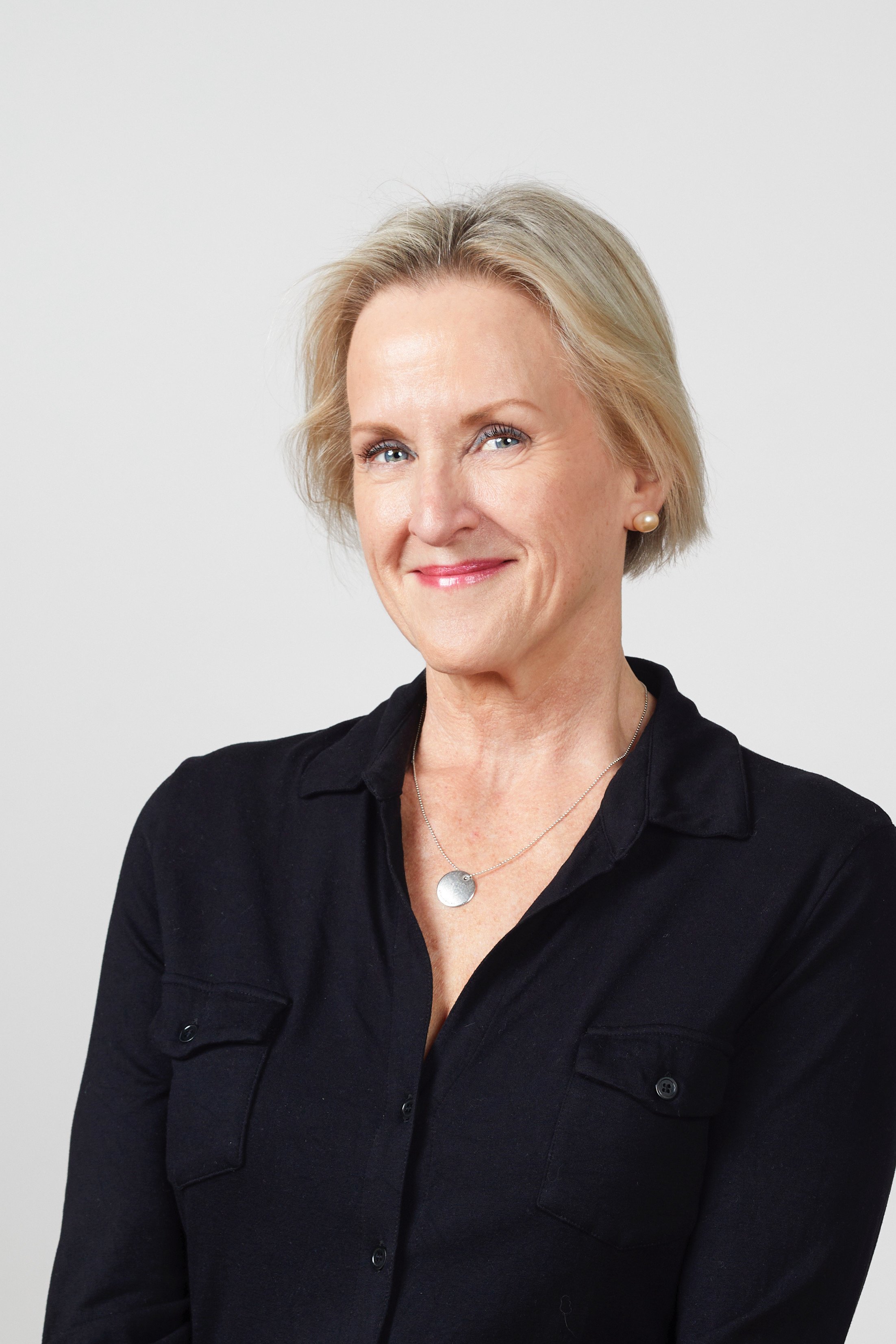USP <800> requires healthcare organizations to document and communicate safety guidelines for hazardous drugs from the NIOSH hazardous drugs list. While this list is helpful, it is not comprehensive. Not only is the most current list more than two years old, but the FDA also approves hundreds of new drugs that could fall into the hazardous category each year.
Questions you may ask yourself:
- As new drugs are approved within your system, do you have a process for monitoring and assessing the drugs that are not currently on the NIOSH list?
- Does your pharmaceutical buyer notify your designated person that there’s a new drug that needs to be assessed?
- What is the process for identifying and adding drugs that a patient brings in upon admittance to the hospital that are not on your HD list?
- What about other departments that may receive medications like Materials Management, oncology clinics and physician practices within your health system?
- Patient Assistance Programs and Compassionate Use Programs should also be included in your hazardous drug assessment.
Let’s take a “Choose Your Own Adventure” journey through the process of determining which drugs outside of the NIOSH lists need to be on your hazardous drugs list.
To start, does the drug include Manufacturer Safe Handling Guidance or Information (MSHG or MSHI)? The newest guidance says if a drug manufacturer has provided MSHG or MSHI in the package leaflet, then this information supersedes any further review for classification.
If there is MSHG or MSHI, the question is “are you referencing NIOSH 2016 or NIOSH 2020?” If you’re using NIOSH 2016 and the drug is antineoplastic, then the drug belongs in Group 1. If the drug is not an antineoplastic yet has MSHG, the drug belongs in Group 2.
If you’re referencing NIOSH 2020, any drug containing MSHI in the package insert goes into Table 1. If the drug does not include MSHI, then the designated person is responsible for reviewing the six factors to determine if that drug is hazardous, and if so, which classification is assigned.
Your journey has landed you on the six factors to consider when evaluating whether or not a new drug needs to be included on your system’s list of hazardous drugs no matter its origin within your organization:
According to NIOSH 2020, a drug is considered hazardous if it exhibits any of the following characteristics:
- Carcinogenicity
- Teratogenicity or other developmental toxicity
- Reproductive toxicity
- Organ toxicity at low doses
- Genotoxicity
- Structure and toxicity profiles of new drugs that mimic existing drugs determined hazardous by the above criteria
In addition, you must consider the specific dose of the medication, whether or not it must be manipulated and the administration method. One example is diclofenac gel, which is not on the NIOSH list but in certain doses could affect the baby of a pregnant woman who handles the medication.*
Once you review the drug, you need to determine which Group or Table it belongs to depending on which NIOSH list your organization is referring to. Here’s the breakout from NIOSH:
NIOSH 2016
- Table 1. Group 1: Antineoplastic drugs, including those with the manufacturer’s safe-handling guidance (MSHG).
- Table 2. Group 2: Non-antineoplastic drugs that meet one or more of the NIOSH criteria for a hazardous drug, including those with the manufacturer’s safe-handling guidance (MSHG).
- Table 3. Group 3: Non-antineoplastic drugs that primarily have adverse reproductive effects.
NIOSH 2020:
- Table 1: Drugs that contain MSHI in the package insert and/or meet the NIOSH definition of a hazardous drug and are classified by the NTP as “known to be a human carcinogen,” and/or classified by the IARC as “carcinogenic” or “probably carcinogenic.”
- Table 2. Drugs that meet the NIOSH definition of a hazardous drug but are not drugs that have MSHI or are classified by the NTP as “known to be a human carcinogen,” or classified by the IARC as “carcinogenic” or “probably carcinogenic.”(some a (some a (some also may have adverse development and/or reproductive effects)”
In addition to reviewing new drugs, how often must you review and update your existing hazardous drugs list? The USP <800> requirement is once every 12 months. Similar to what we asked at the top, what is your process for reviewing the existing list of hazardous drugs? The hazardous drug addition and review cycle is continuous and requires a systemic process to ensure this vitally important requirement is fluid and always up to date.
The Rpharmy blog has the resources you need to ensure you are meeting USP <800> compliance requirements for LASA and High Alert Drugs, as well as more specifically around the NIOSH 2016 and NIOSH 2020 lists.
*The Chapter <800> Answer Book, Patricia C. Kienle


